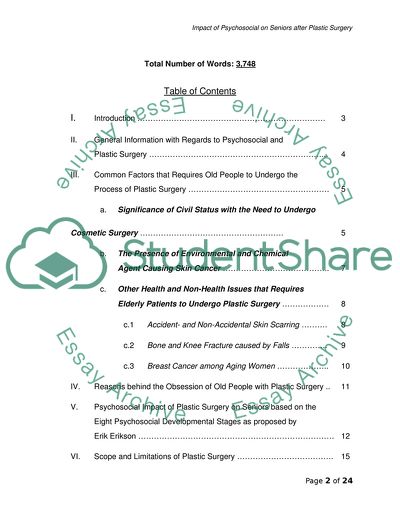Cite this document
(Impact of Psychosocial on Seniors after Plastic Surgery Research Paper, n.d.)
Impact of Psychosocial on Seniors after Plastic Surgery Research Paper. Retrieved from https://studentshare.org/psychology/1717479-what-is-the-psychosocial-impact-on-seniors-after-plastic-surgery
Impact of Psychosocial on Seniors after Plastic Surgery Research Paper. Retrieved from https://studentshare.org/psychology/1717479-what-is-the-psychosocial-impact-on-seniors-after-plastic-surgery
(Impact of Psychosocial on Seniors After Plastic Surgery Research Paper)
Impact of Psychosocial on Seniors After Plastic Surgery Research Paper. https://studentshare.org/psychology/1717479-what-is-the-psychosocial-impact-on-seniors-after-plastic-surgery.
Impact of Psychosocial on Seniors After Plastic Surgery Research Paper. https://studentshare.org/psychology/1717479-what-is-the-psychosocial-impact-on-seniors-after-plastic-surgery.
“Impact of Psychosocial on Seniors After Plastic Surgery Research Paper”, n.d. https://studentshare.org/psychology/1717479-what-is-the-psychosocial-impact-on-seniors-after-plastic-surgery.


